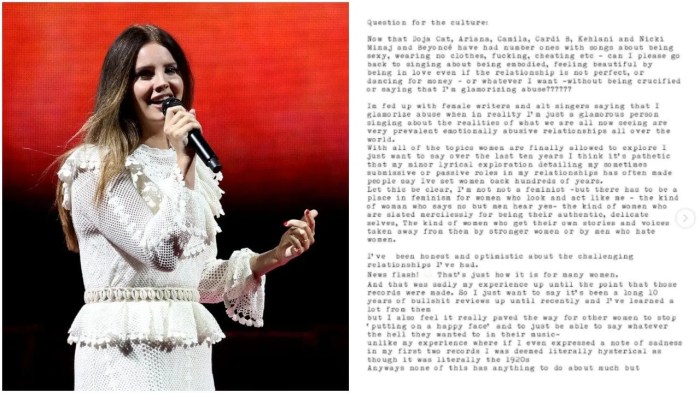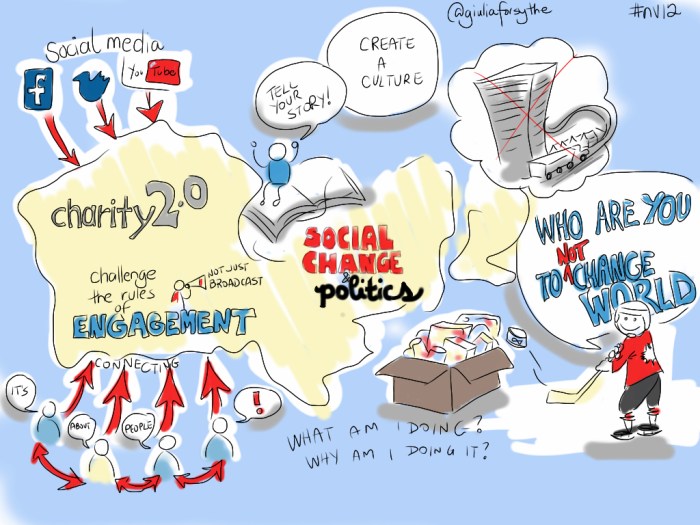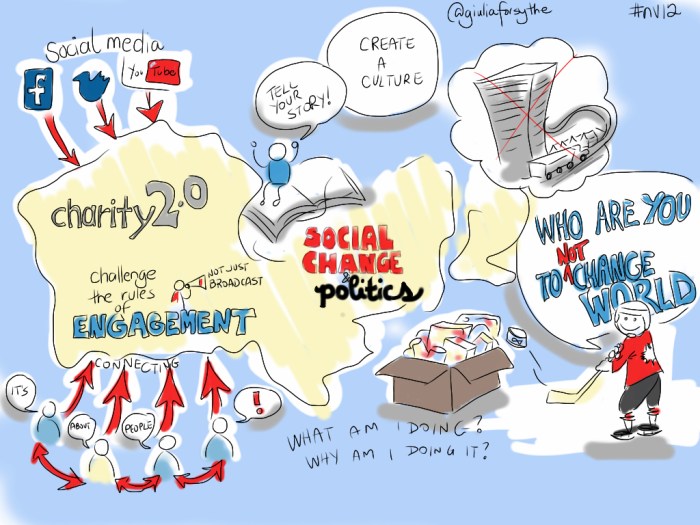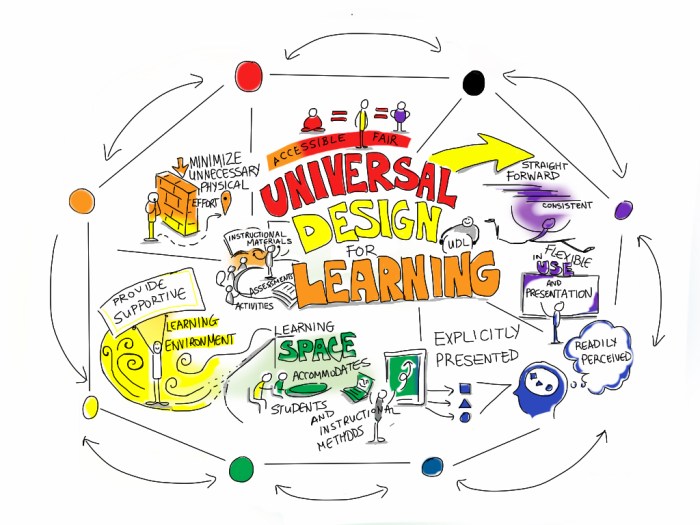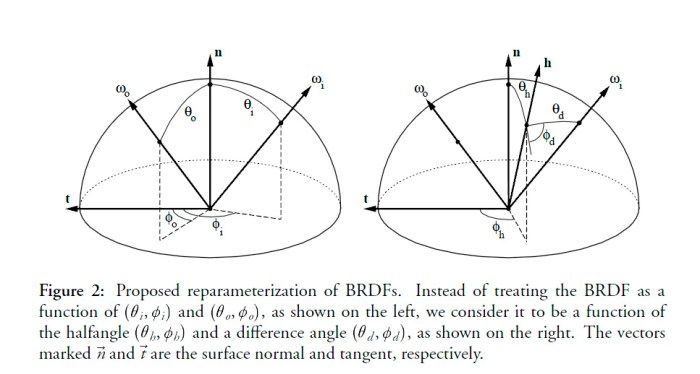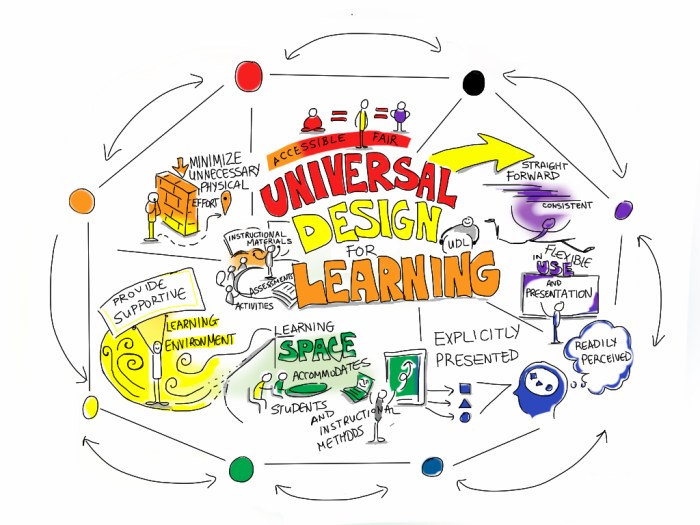Burn Calories While Sitting: discover simple strategies to boost your calorie burn even while you’re seated. This isn’t about replacing workouts, but enhancing your daily routine with subtle movements. We’ll explore various techniques, tools, and real-world applications to help you achieve a healthier lifestyle without sacrificing your current routine.
From adjusting your posture to incorporating targeted exercises, this guide provides actionable insights into maximizing calorie expenditure during sedentary activities. Learn how to make small changes to significantly improve your overall well-being.
Introduction to Calorie Burning While Sitting: Burn Calories While Sitting
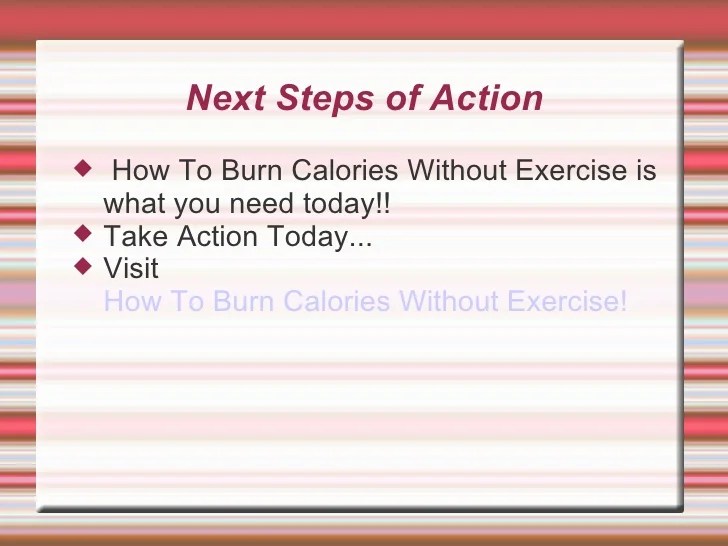
Burning calories while sitting might seem counterintuitive, but it’s a significant aspect of daily energy expenditure. Even seemingly passive activities like fidgeting, adjusting posture, or simply maintaining focus can contribute to calorie burn. Understanding the factors influencing this process is key to managing energy balance and achieving overall wellness.Sedentary activities, often associated with minimal movement, can still have a noticeable impact on our metabolism.
Factors influencing calorie expenditure during these activities are multifaceted, ranging from individual body composition and metabolic rate to the specific type of activity.
Factors Influencing Calorie Expenditure During Sedentary Activities
Various factors contribute to the calorie burn during seemingly passive activities. Body composition, age, and sex all play a role in basal metabolic rate (BMR), the energy expenditure at rest. Higher muscle mass generally correlates with a higher BMR. Additionally, the intensity and duration of the activity influence the overall calorie burn. A simple act like typing with more force, or repeatedly adjusting your posture, will increase the calorie burn compared to a relaxed typing posture.
Methods to Measure or Estimate Calorie Expenditure During Sitting
Several methods exist for measuring or estimating calorie expenditure while sitting. Direct calorimetry, a sophisticated method, measures the heat produced by the body. However, it’s typically used in research settings. Indirect calorimetry, a more practical approach, calculates energy expenditure based on oxygen consumption. These methods often require specialized equipment and expertise.
More readily accessible are estimations based on activity intensity and duration. Online calculators and fitness trackers often use algorithms to estimate calorie burn, but accuracy can vary. Accuracy can also depend on individual factors and the specificity of the activity. It’s important to remember that these estimates are approximations and should not be taken as precise measurements.
Sitting Activities and Approximate Calorie Burn Rates
This table presents approximate calorie burn rates for various sitting activities. These values are estimations and may vary based on individual factors.
| Sitting Activity | Approximate Calorie Burn per Hour (Estimated) | Activity Description | Example Scenarios |
|---|---|---|---|
| Typing (moderate) | 100-150 | Typing with moderate intensity and focus | Working on a computer, writing an email. |
| Reading | 75-125 | Reading a book or article | Relaxing with a book, following a news article online. |
| Light Office Work | 125-175 | Simple tasks like filing, light phone calls | Handling paperwork, answering emails, and phone calls. |
| Gaming (Sitting) | 100-150 | Playing video games that require some engagement | Playing online games or video games that involve quick responses. |
Techniques and Strategies

Boosting your calorie burn while seated goes beyond simply fidgeting. It’s about strategically incorporating movements and adjustments to your sitting posture and routine. This section delves into effective techniques to maximize metabolic activity during those inevitable hours spent seated.By understanding the interplay between posture, movement, and specific exercises, you can transform your sedentary time into an opportunity for calorie expenditure.
This active approach to sitting can contribute to a healthier lifestyle and overall well-being.
Posture and Movement
Maintaining good posture while seated is crucial for calorie burning. A slumped posture reduces the engagement of core muscles, hindering calorie expenditure. Conversely, an upright posture, with shoulders back and core engaged, increases metabolic activity. Conscious movement, even small ones, such as shifting in your seat or gently tapping your feet, can further enhance calorie burn. This is due to the continuous engagement of muscles required to maintain balance and posture.
Think of it like a subtle, ongoing workout.
Modifying Sitting Routines
Integrating movement into your typical sitting routine is key to increasing calorie burn. Simple modifications can significantly impact your metabolic rate. For instance, consider setting a timer to get up and move around every 30 minutes. Taking the stairs instead of the elevator, or even pacing while on a phone call, can make a noticeable difference. Walking meetings, where feasible, can also enhance calorie expenditure.
These seemingly minor changes contribute significantly to your overall activity level.
Sitting Exercises
Various exercises can be performed while seated to increase calorie expenditure. These exercises often target different muscle groups, leading to varying levels of metabolic impact.
- Chair Squats: These exercises, done by pushing through your heels and maintaining a straight back, work the quads and glutes. The repetitive motion of the squats increases metabolic activity.
- Arm Circles: These exercises, performed forward and backward, engage the shoulders, upper arms, and core muscles. The continuous movement helps in burning calories.
- Leg Raises: This exercise, performed by lifting legs straight up or to the side, targets the abdominal muscles and helps improve circulation. The exercise requires effort and muscle activation, contributing to calorie expenditure.
Effectiveness Comparison
The effectiveness of different sitting exercises depends on factors such as intensity, duration, and the individual’s physical condition. A consistent approach, rather than sporadic bursts of activity, is often more effective. For example, a 10-minute session of chair squats performed regularly may yield better results than a single, lengthy session.
Burning calories while sitting? It’s totally doable! Knowing your computer’s graphics card specs might help you find some surprisingly effective ways to boost your metabolism. For example, checking out Find Out What Graphics Card You Have might reveal hidden opportunities for calorie-burning, like adjusting your video game settings for more demanding visuals. Still, even without a top-of-the-line card, there are plenty of ways to boost your calorie burn while sitting at your desk, so keep those options in mind!
| Exercise | Muscle Groups Targeted | Estimated Calorie Expenditure (per 10 minutes) | Intensity Level |
|---|---|---|---|
| Chair Squats | Quads, Glutes, Hamstrings | Approximately 50-75 calories | Moderate |
| Arm Circles | Shoulders, Upper Arms | Approximately 30-50 calories | Light to Moderate |
| Leg Raises | Abdominals, Hips | Approximately 40-60 calories | Moderate |
Note: Calorie expenditure estimates are approximate and may vary based on individual factors.
Tools and Technology
Harnessing technology can significantly enhance your calorie-burning efforts while seated. Various devices and apps offer innovative ways to track your activity, providing valuable insights into your progress. Understanding these tools, their capabilities, and their limitations is key to maximizing their effectiveness in your fitness journey.Tracking your calorie burn while sitting can be more than just a number; it’s a personalized feedback loop that empowers you to adjust your routine and see the results.
Burning calories while sitting is totally achievable! It’s all about those little movements, like tapping your feet or doing some subtle arm circles. Thinking about the LA Police Department’s recent efforts, like los angeles police department she came through again , reminds me that even seemingly small actions can contribute to a bigger picture. So, keep those muscles engaged, even when you’re seated, and you’ll be surprised how many calories you’re burning!
The right tools can transform passive sitting into a more active and calorie-conscious experience.
Calorie Tracking Apps
Calorie tracking apps are readily available and offer a user-friendly interface for recording various aspects of your daily activities. These applications usually utilize algorithms to estimate the number of calories burned based on your entered data.
- Many apps use activity recognition to assess your movement during seated time. This data is then combined with your personal details, such as age, gender, and weight, to provide calorie estimations. This feature is beneficial for tracking subtle movements that might not be noticeable otherwise.
- Some advanced apps also integrate with wearable devices, such as smartwatches or fitness trackers. This integration allows for a more comprehensive and synchronized tracking experience, providing real-time data.
- Accuracy of these apps depends on factors like the accuracy of your input data, the algorithms used for estimation, and the type of movement you are performing. For example, simply adjusting your posture while sitting will have varying impacts on calorie burn compared to other activities.
Wearable Fitness Trackers
Wearable fitness trackers have become increasingly popular for their ability to monitor various aspects of physical activity. These devices offer a hands-on approach to tracking calorie expenditure, providing real-time data and insights.
- Smartwatches and fitness bands often employ accelerometers and gyroscopes to measure movement. This data is then used to estimate the calories burned during various activities, including those performed while sitting.
- Some advanced models provide more specific data points, such as steps taken, distance covered, and heart rate. These metrics offer a broader picture of your overall activity levels, which can be incorporated into the calorie burn calculation.
- The accuracy of wearable trackers can vary depending on the device’s sensitivity and the specific algorithms used. Factors like the tightness of the band and the user’s movement patterns can also affect the accuracy of the readings.
Comparing Tracking Tools
The following table provides a comparative overview of various tracking tools, highlighting their advantages and disadvantages.
| Tracking Tool | Pros | Cons |
|---|---|---|
| Calorie Tracking Apps | User-friendly interfaces, often free or affordable, can integrate with other apps. | Accuracy depends on data input, estimations vary, and may not accurately capture subtle movements. |
| Wearable Fitness Trackers | Real-time data, often more precise than apps for activity tracking, and provide heart rate information. | Can be expensive, accuracy varies with device and user, and data interpretation might require additional knowledge. |
Health Benefits and Considerations
Burning calories while sitting, though seemingly paradoxical, offers a wealth of potential health benefits. By incorporating subtle movements into our daily routines, we can significantly improve our overall well-being, combat the detrimental effects of prolonged sitting, and potentially reduce the risk of various health issues. This section explores the advantages and important considerations related to this approach.Integrating movement into sedentary activities is not just about burning extra calories; it’s about enhancing our bodily functions and promoting a healthier lifestyle.
Understanding the potential risks of prolonged sitting and the positive impacts of incorporating movement while seated can empower us to make informed choices that support our well-being.
Health Benefits of Movement While Sitting
Regular movement while sitting, even in small increments, can positively influence various health markers. These small actions, like shifting positions, tapping your feet, or performing gentle stretches, contribute to a more active and healthier lifestyle. These benefits extend beyond just calorie expenditure.
- Improved Circulation: Moving while seated helps maintain healthy blood flow, reducing the risk of blood clots and promoting oxygen delivery throughout the body. This is particularly crucial for individuals at risk of venous thromboembolism (VTE).
- Reduced Risk of Chronic Diseases: Studies suggest that incorporating movement into daily routines can potentially mitigate the risk of developing chronic diseases like type 2 diabetes, heart disease, and certain types of cancer. This is due to the improved metabolic function and reduced inflammation that can result from regular activity.
- Enhanced Mood and Cognitive Function: Physical activity, even subtle movements, can release endorphins, which have mood-boosting effects. Furthermore, improved circulation can positively affect brain function, potentially enhancing focus and cognitive performance.
- Reduced Back Pain: Maintaining good posture and shifting positions while seated can alleviate back pain caused by prolonged static postures. Regular movement encourages proper spinal alignment and reduces strain on the back muscles.
Potential Risks of Prolonged Sitting
Prolonged sitting is a recognized risk factor for various health problems. The sedentary nature of modern lifestyles often leads to a lack of movement, which can have detrimental effects on our physical and mental health.
- Increased Risk of Cardiovascular Disease: Lack of movement contributes to higher levels of LDL (“bad”) cholesterol and triglycerides, which can increase the risk of heart disease. The impact of prolonged sitting on blood pressure and blood sugar levels is also a significant concern.
- Musculoskeletal Issues: Prolonged periods of sitting can weaken muscles in the core, hips, and back, leading to pain, stiffness, and an increased risk of injury. This can significantly impact an individual’s quality of life and daily activities.
- Metabolic Syndrome: Prolonged sitting is associated with a higher risk of developing metabolic syndrome, a cluster of conditions that increase the risk of heart disease, stroke, and type 2 diabetes. The impact of sedentary behavior on insulin sensitivity and blood sugar regulation is particularly important.
- Mental Health Concerns: Sedentary lifestyles have been linked to increased stress, anxiety, and depression. The lack of physical activity can disrupt mood regulation and lead to feelings of lethargy and discouragement.
Impact of Movement on Health Markers
Incorporating movement while sitting can significantly impact key health markers, potentially leading to improved overall health. By breaking up long periods of sitting, individuals can experience positive changes in blood pressure, cholesterol levels, and glucose metabolism.
Burning calories while sitting? It’s totally possible! And while we’re on the topic of surprising ways to stay active, Luc Besson recently revealed some exciting details about Mel Gibson reprising his role as Korben Dallas in a Fifth Element sequel. This news got me thinking, maybe we could find ways to burn more calories while enjoying a little nostalgia?
Still, finding ways to burn calories while sitting is a real challenge, but hey, maybe that new Fifth Element movie will inspire some killer home workout routines!
| Health Marker | Potential Impact of Movement While Sitting |
|---|---|
| Blood Pressure | Regular movement can help maintain healthy blood pressure levels and reduce the risk of hypertension. |
| Cholesterol Levels | Incorporating movement can help maintain healthy cholesterol levels by promoting better circulation and reducing LDL (“bad”) cholesterol. |
| Glucose Metabolism | Movement while sitting can enhance glucose metabolism, reducing the risk of insulin resistance and type 2 diabetes. |
| Body Composition | Regular movement, even small increments, can contribute to maintaining a healthy weight and body composition. |
Individual Needs and Considerations
The effectiveness of incorporating movement while sitting varies greatly depending on individual needs and circumstances. Factors such as physical limitations, existing health conditions, and personal preferences play a crucial role in tailoring movement strategies. Careful consideration and personalized approaches are essential to maximize benefits and minimize risks.
Examples and Illustrations
Unleashing the hidden potential for calorie burning within your sedentary routine is achievable with simple, strategic adaptations. Incorporating movement into your daily schedule, even while sitting, can significantly impact your overall well-being and contribute to your fitness goals. This section delves into practical examples, illustrating proper form, and demonstrating adaptability across various work environments.By understanding how to integrate these techniques, you can easily incorporate them into your daily routine, maximizing calorie expenditure and improving your overall health.
This section provides practical examples and illustrations to make these strategies tangible and actionable.
Daily Routines Incorporating Movement
Daily routines can be easily modified to incorporate subtle movements. This doesn’t require drastic changes, but rather mindful adjustments to your existing habits. For instance, instead of continuously scrolling through your phone, try incorporating brief stretches or walking in place every 30 minutes. Similarly, consider standing up and moving around during phone calls, or engaging in light exercises like calf raises while waiting for your lunch to be prepared.
Illustrations of Proper Form for Exercises
Visual representations of proper form are crucial for effective exercise execution. Maintaining correct posture and technique is paramount for preventing injuries and maximizing the benefits of any exercise. Imagine performing a seated hamstring stretch. The illustration would depict a neutral spine, with the back straight and shoulders relaxed. The focus should be on stretching the back of the thigh, not on forcing the stretch.
The knees should be slightly bent, and the feet should be flat on the floor.
Adapting Strategies to Different Work Environments
The adaptability of these techniques is a key aspect. Regardless of your workspace—an open-plan office, a home office, or a cubicle—you can seamlessly incorporate these movements into your routine. For instance, in an open-plan office, consider performing light arm circles or shoulder shrugs while on a phone call. In a home office, you can utilize the space to perform seated leg raises or torso twists.
Simple Desk Exercises
| Exercise | Description | Proper Form |
|---|---|---|
| Seated Knee Raises | Lift one knee towards your chest, keeping the other leg straight and the core engaged. | Maintain a straight back. Focus on controlled movements. Avoid jerking. |
| Shoulder Shrugs | Raise your shoulders towards your ears, then slowly lower them back down. | Keep your shoulders relaxed and avoid straining your neck. |
| Torso Twists | Rotate your torso from side to side, keeping your back straight and core engaged. | Maintain a neutral spine and avoid twisting at the waist only. Use your core to rotate. |
| Ankle Pumps | Point and flex your feet, gently moving your ankles in a circular motion. | Focus on controlled movements, avoiding jerky or abrupt motions. |
| Calf Raises | Raise up onto your toes, holding the position for a few seconds, then lower back down. | Keep your heels flat on the floor. Engage your calf muscles. |
These are just a few examples, and you can tailor them to your specific needs and preferences. Remember to start slowly and gradually increase the intensity and duration of these exercises as you get more comfortable.
Real-World Applications
Turning sedentary time into active time is no longer a niche concept; it’s a practical strategy for boosting well-being in various aspects of modern life. Integrating movement into everyday routines, from work to leisure, offers tangible health benefits. This section delves into real-world applications, showcasing successful implementations and providing strategies for adapting these techniques to diverse lifestyles.
Integrating Strategies into Different Lifestyles
Successful integration of movement strategies depends on understanding individual routines and environments. Tailoring strategies to specific lifestyles is crucial for sustainable adoption. For example, a busy professional might find short bursts of activity more manageable than extended sessions, while a student might benefit from incorporating movement into study breaks. Adjusting intensity and duration based on individual circumstances ensures long-term adherence.
Examples of Successful Implementations
Numerous companies and organizations have recognized the importance of incorporating movement into the workday. Google, for example, has implemented programs promoting active breaks and walking meetings. Similarly, many workplaces are now providing standing desks and encouraging employees to utilize stairs instead of elevators. These initiatives demonstrate the effectiveness of fostering a culture of movement.
Case Studies of Successful Implementations
| Organization | Implementation | Results |
|---|---|---|
| Walking meetings, standing desks, activity-based incentives | Increased employee well-being, reduced sedentary behavior, enhanced productivity. | |
| XYZ Corporation | Ergonomic workstation adjustments, scheduled movement breaks, incentives for using stairs | Improved employee morale, decreased reported back pain, reduced healthcare costs associated with sedentary work. |
| Public Schools | Recess periods, physical education classes, movement breaks incorporated into the curriculum | Improved student health, increased focus during lessons, and enhanced physical development. |
Note: The “XYZ Corporation” example is a hypothetical company. Data and specific results might vary depending on the company and implementation strategies.
Encouraging Movement in Various Environments
Public spaces can play a significant role in encouraging movement. Designated walking paths, bike lanes, and accessible fitness equipment can incentivize physical activity. Furthermore, urban planning that prioritizes pedestrian-friendly zones and incorporates parks promotes a more active lifestyle for residents. These elements contribute to a broader cultural shift towards movement.
Practical Tips for Implementing Strategies
Implementing these strategies requires a gradual approach. Start by incorporating small, manageable changes into your daily routine. For instance, take the stairs instead of the elevator, stand up and stretch every 30 minutes, or walk during phone calls. Gradually increase the intensity and duration of these activities as your body adapts. Making these changes consistently will lead to sustainable results.
Ergonomics and Workspace Design
Optimizing your workspace is crucial for incorporating movement into your daily routine while sitting. A well-designed ergonomic setup encourages natural postures and micro-movements, which can significantly boost calorie expenditure throughout the workday. This approach goes beyond simply sitting still and actively promotes a healthier lifestyle.Ergonomic principles are not just about comfort; they’re about creating an environment that supports natural movement patterns.
By strategically adjusting your desk, chair, and other equipment, you can subtly increase your calorie burn and improve your overall well-being. This approach acknowledges the importance of active engagement even during periods of prolonged sitting.
Adjusting Desks, Chairs, and Other Equipment, Burn Calories While Sitting
Proper desk, chair, and equipment adjustments are fundamental to incorporating movement into your seated work routine. Small, consistent adjustments can add up to significant calorie expenditure over time. Careful consideration of each element is vital for achieving an ergonomic workspace that facilitates movement.
- Desk Height: An adjustable desk allows you to switch between sitting and standing positions throughout the day. This regular alternation of postures naturally encourages movement and calorie burning.
- Chair Support: A chair with proper lumbar support prevents slouching, encouraging a more upright posture. This upright posture allows for better blood circulation and reduces strain on the back, making it easier to maintain a healthy sitting posture throughout the workday. A chair with adjustable height, armrests, and tilt features allows for personalized comfort and movement support.
- Monitor Placement: Positioning your monitor at eye level prevents neck strain, which can promote better posture and encourage natural movements. A well-placed monitor reduces the need for excessive reaching or straining, promoting a more relaxed and healthy posture. Proper monitor placement is crucial for minimizing neck and shoulder strain, thus promoting natural movements and preventing fatigue.
- Keyboard and Mouse Placement: Ensure that your keyboard and mouse are positioned within easy reach to avoid unnecessary reaching and straining. This ergonomic placement allows for a natural wrist and arm position, minimizing discomfort and promoting movement.
Standing Desks and Their Impact
Standing desks have become increasingly popular for their potential to increase calorie burn compared to traditional sitting desks. The act of standing itself requires more energy expenditure than sitting, which can significantly contribute to calorie burning. Furthermore, standing desks often encourage more frequent movement and shifting throughout the day.
Studies have shown that incorporating standing periods into the workday can significantly boost calorie expenditure, leading to noticeable health benefits.
- Benefits of Standing Desks: Standing desks can promote a more active workday, encourage regular movement, and increase calorie expenditure. This increased activity can contribute to weight management, improved cardiovascular health, and reduced risks associated with prolonged sitting.
- Considerations for Standing Desks: While standing desks offer advantages, they can also cause discomfort if not properly adjusted. Maintaining good posture and taking breaks are crucial to avoid strain and potential health issues.
Ergonomic Adjustments for Different Workspaces
The optimal ergonomic adjustments can vary depending on the specific work environment and tasks performed. This table provides a general guideline for various workspace setups.
| Workspace Type | Desk Adjustment | Chair Adjustment | Other Considerations |
|---|---|---|---|
| Traditional Office | Height-adjustable desk; adjust to a comfortable standing or sitting height. | Adjustable seat height, lumbar support, and armrests. | Regular breaks, stretching, and walking. |
| Home Office | Adjustable height desk, or alternating between a standing and sitting setup. | Chair with lumbar support, good seat cushion. | Ensure adequate space for movement. |
| Open-plan Office | Desk with adjustable height and noise-canceling features. | Chair with adjustable height, good back support, and wheels. | Consider noise-canceling headphones to minimize distractions. |
Conclusive Thoughts
In conclusion, burning calories while sitting isn’t just about burning extra calories, but about integrating healthier habits into your daily life. By incorporating these techniques and tools, you can elevate your overall health and well-being, even during those hours spent sitting. So, start small, find what works for you, and reap the rewards of a healthier, more active lifestyle, all while sitting!











